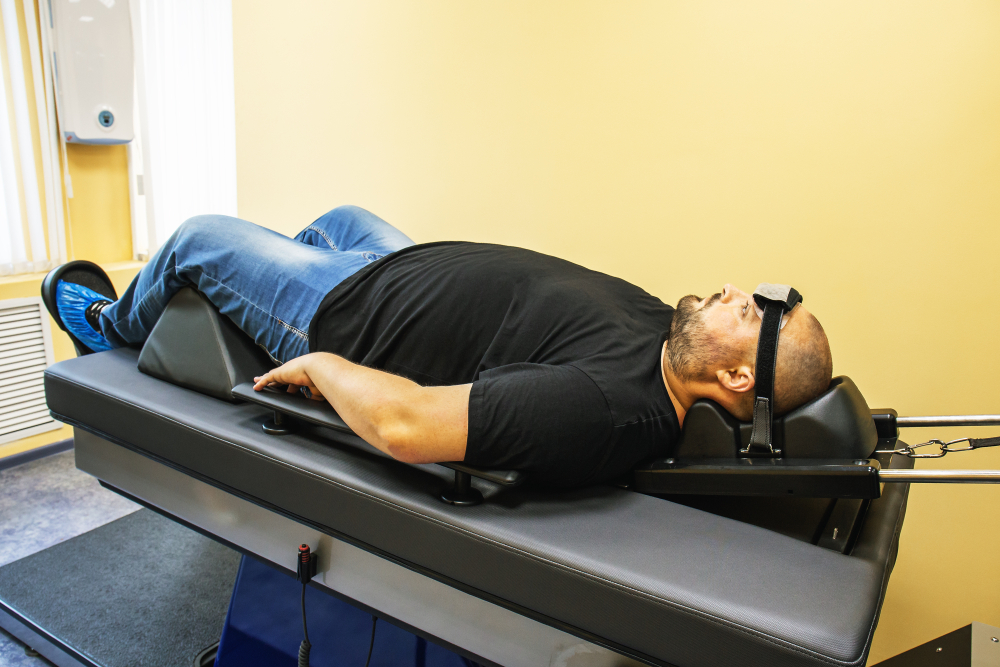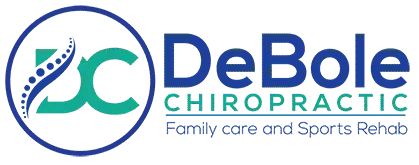
If you are someone who suffers from back issues, you are aware of how much it can take a toll on your day-to-day life. Spinal decompression helps dimmish back pain by gently stretching the spine by using a motorized traction machine. When the discs are being stretched, the spinal discs are relieved of pressure. Your spinal discs can be described as “gel-like cushions” that are located between the bones in your spine. Spinal decompression helps create a negative pressure in the disc. Once this negative pressure is reached, any herniating or bulging discs may resorb, taking pressure away from structures such as nerves in your spine. Spinal decompression helps promote the movement of nutrient rich fluids, oxygen, and water into the discs so you can start feeling better. Doctors also use spinal decompression therapy to treat other ailments, such as:
- Diseased or injured spinal nerve roots
- Herniated or bulging disks or degenerative disc disease
- Worn spinal joints, also called posterior facet syndrome
- Neck or back pain, or sciatica, which is tingling, pain, or weakness that extends down to the leg
Tests to Determine Severity
Your provider may want to conduct multiple tests to gain a good grasp of your injury.
Here are some tests they may want to complete:
- Electrical tests: An electromyography may be ordered to check the electrical activity in your muscles and nerves. Your provider may also want to do an evoked-potential study to test how quickly electrical signals go through the nerve to the brain. Nerve-conduction studies test how well nerves function.
- Diagnostic imaging: Imaging can help pinpoint the origin of pain. The kinds of imaging used include, MRI, CT scans, and X-rays.
- Diskography: Your doctor injects a dye that shows up on X-rays and other scans of your back. After that, a CT scan takes pictures. Diskography can show damage to any disk.
- Bone scans: A bone scan is imaging that can detect cancer, infection, or fractures in your bones. Your doctor may order a bone scan to find the source of back pain.
How Is Spinal Decompression Done?
When you are having nonsurgical spinal decompression done there is no need for a gown, you are fully clothed. Your doctor will then have you fitted for a harness that goes around your pelvis and then a second harness that goes around your trunk. You will be lying down either face down or face up on a table controlled by a computer. The doctor operates the computer based on your customized treatment plan. Your treatment will last anywhere from 15 to 25 minutes. You may require 12 to 24 treatments over the course of six to ten weeks. Before or after therapy, you may have other treatments which include:
- Cold laser therapy
- Manipulation
- Cold or heat therapy
Risks and Benefits
Similar to any other procedure being done, there are risks to be aware of however many benefits. It is very important to voice any concerns you may have with your provider. Having the right treatment makes all the difference and can diminish the problems causing your back pain. When you use a stepped approach, allows your doctor to find the best option for your pain with the least amount of risk. If you are interested in spinal decompression and have any questions give us a call at (585) 433-5680.

